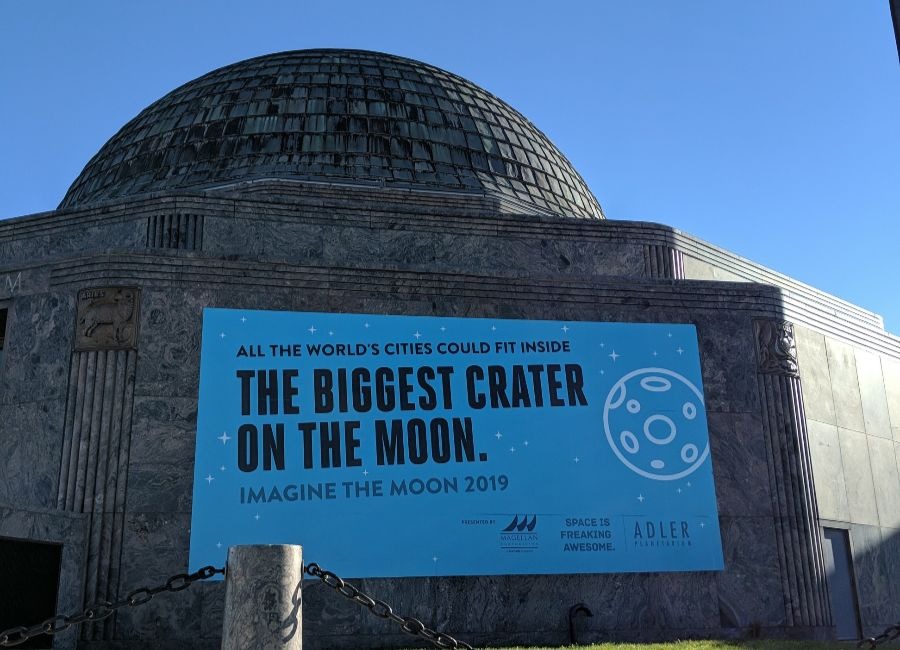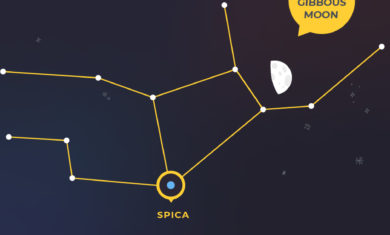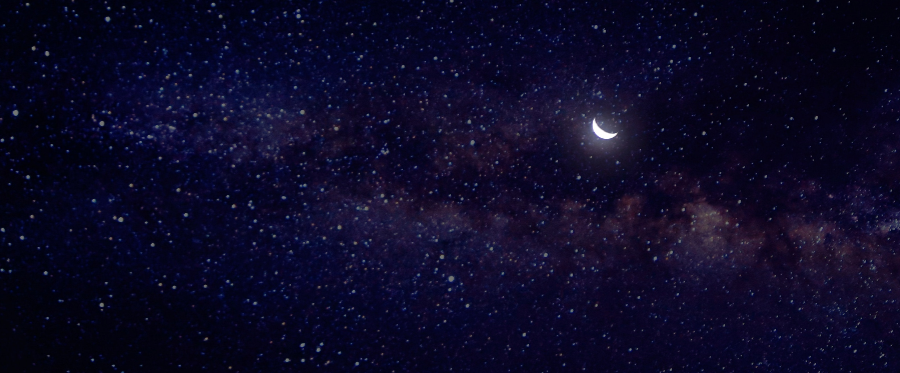AstroFan: COSMIC VOIDS!
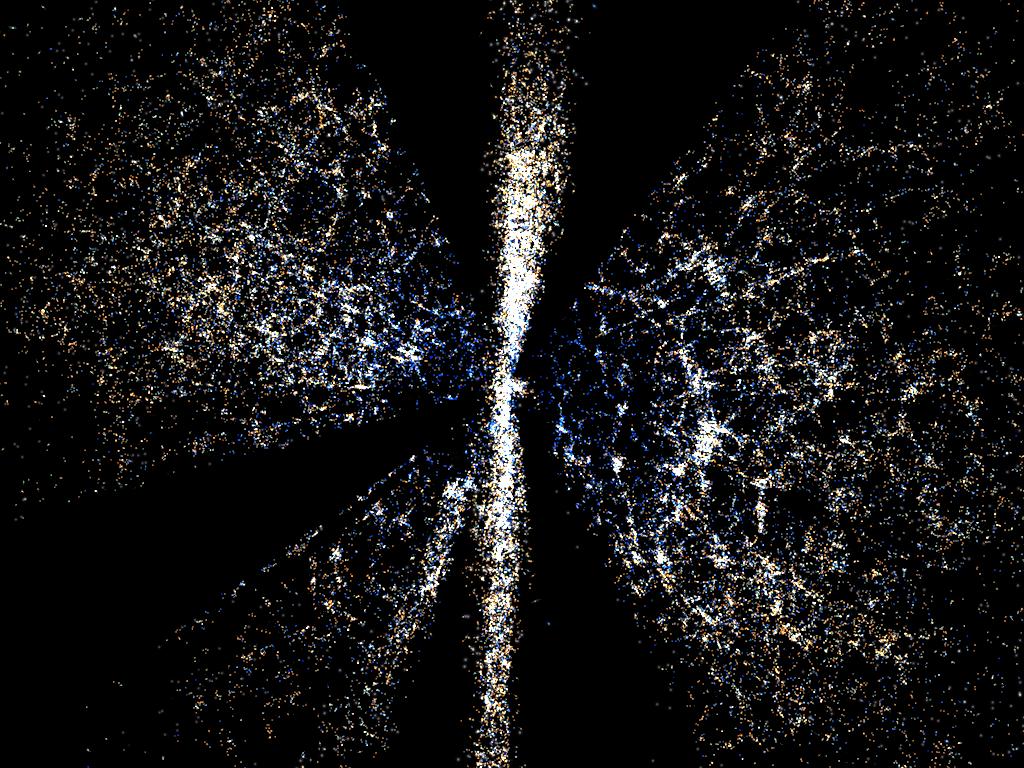
Header Image Photo Credit: Mark Subbarao, Dinoj Surendran, and Randy Landsberg
Hello! Welcome to our 4th AstroFan! The past few features have dealt with some of the coolest objects in space (neutron stars, our Moon, exoplanets, etc)—this feature of AstroFan is going to switch things up and focus on the actual SPACE around these objects, specifically voids! Read on to learn about this strange feature of our Universe.
14 billion years ago there was nothing, and then BAM—an unfathomably colossal expansion took place, known as the Big Bang. Our Universe went from a singularity (an infinitely small point) to the massive cosmic vista that we see today, and all in the blink of a cosmic eye.
The remnants of the Big Bang can be actively observed in our current Universe.
For one, the Universe has not stopped expanding since the Big Bang. That’s right, space-time itself is continuously being stretched and propelled outward, taking stars, solar systems, and galaxies along with it.
When viewed on a large scale, the intricately woven structure of our expanding Universe begins to come to life.
On this scale, we can observe large clusters of galaxies forming filaments (200 to 400 million light years in size) that connect to one another.
Between these filaments lurks a reminder of our primordial Universe: cosmic voids.
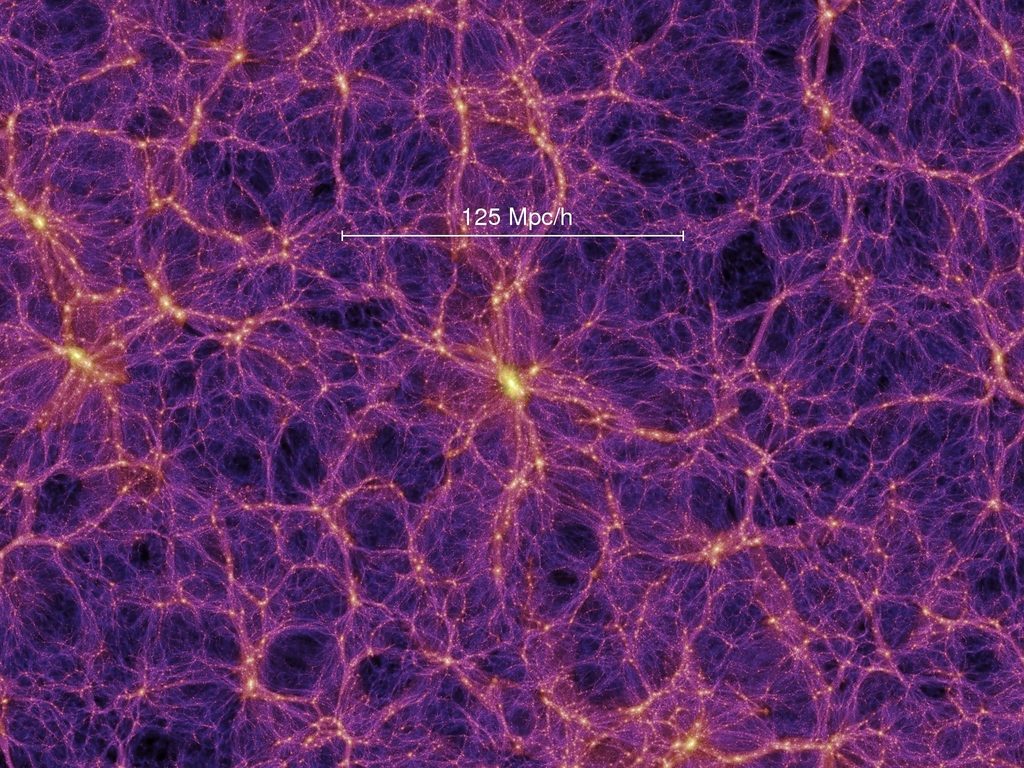
Photo Credit: Volker Springel, Virgo Consortium
But—what are cosmic voids?!
To put it simply, cosmic voids are areas of our Universe that have an extremely low density (on average less than a tenth of the average density of the Universe). Cosmic voids can be as large as 500 MILLION light years across!
For reference, our Milky Way galaxy is just 100,000 light years in size! In these cosmic voids, galaxies do exist, but they’re immensely rarer to spot than when looking at a non-void section of the Universe.
So—HOW did cosmic voids develop?!
In order to understand this, we need to go back to the very, very early stages of the Big Bang—we’re talking a fraction of a second after the beginning of our Universe. A time when the Universe was a very strange place.
During this time, the entire cosmos was a compressed region of hot ionized gas—a.k.a. plasma. This plasma was mostly uniformed in density, but on the tiniest scale there were variations.
These tiny fluctuations in density became larger and much more pronounced as the Universe continued to expand. The areas with high density eventually became areas that contained clusters of galaxies while the lower density areas became the voids that we see today.
That’s a lot to comprehend! Let’s do a quick thought experiment to make this phenomena easier to visualize.
Pay close attention to what happens to the letters once the balloon is expanded with air.
See?! Just like the letters on the balloon, the tiny areas of low density in our early Universe became HUGE areas of low density (voids) in our current Universe.
This emergent phenomena has also contributed to the hierarchical clustering of the Universe. Hierarchical clustering is when smaller structures coalesce to form larger structures.
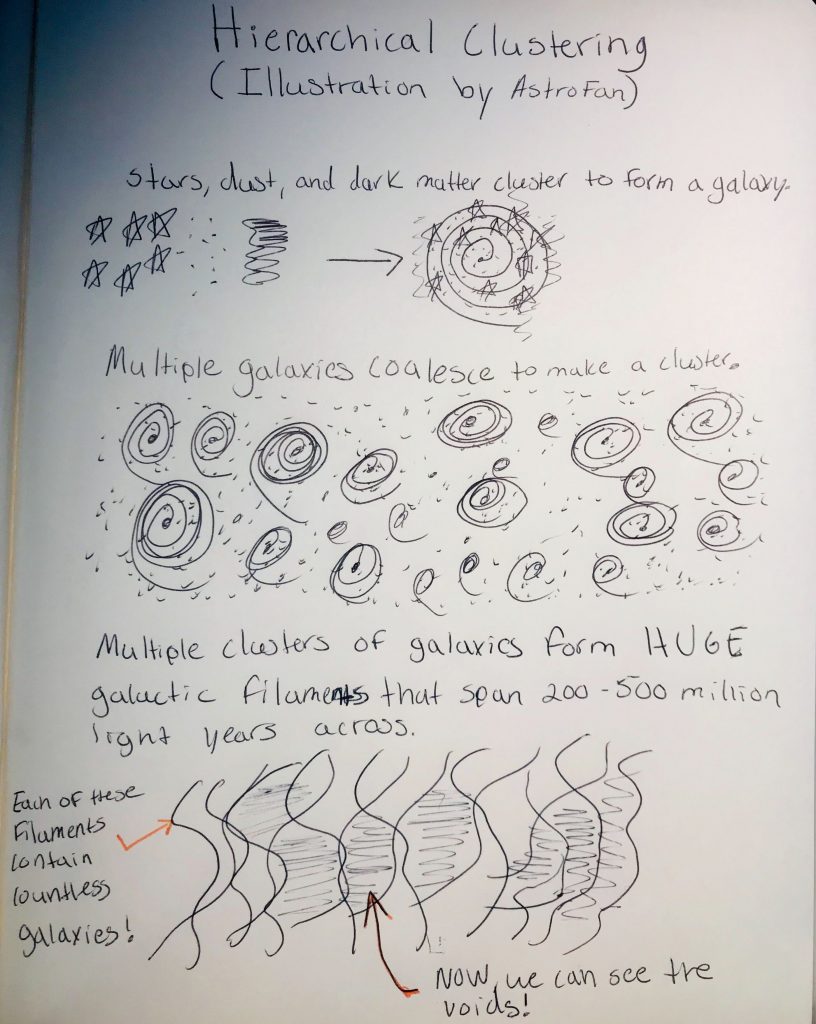
As you can see in the image above, matter on the tiniest of scales can impact objects on the largest of scales!
Pretty neat, right!?
So, WHY are cosmic voids so significant to our Universe?
Firstly, they make up a HUGE part of our Universe! In fact, 90% of known space is composed of cosmic voids.
Secondly, cosmic voids are also crucially important in understanding how our Universe works. The low-density environment of cosmic voids creates an ideal setting for scientists to study the effects of dark energy on the Universe.
For those who don’t know, dark energy is an UNKNOWN form of energy that is believed to compose almost 70% of the TOTAL ENERGY IN THE UNIVERSE.
Pretty spooky stuff, if you ask me!
But the good news is that cosmic voids are sensitive to cosmological changes (including those caused by dark energy), which means that scientists can study the change in shape and the growth of cosmic voids over time to work towards a better understanding of what dark energy is.
SO, the next time you find yourself pondering over the magnificent objects of our Universe (neutron stars, our Moon, exoplanets, etc), make sure to take the time to give the space around these objects some love too! The colossal beasts that lurk in the dark, remaining ever so elusive—cosmic voids!
Stay tuned for more awesome space facts on the next AstroFan.
Thank you for reading!
—Bianca, a.k.a. AstroFan




